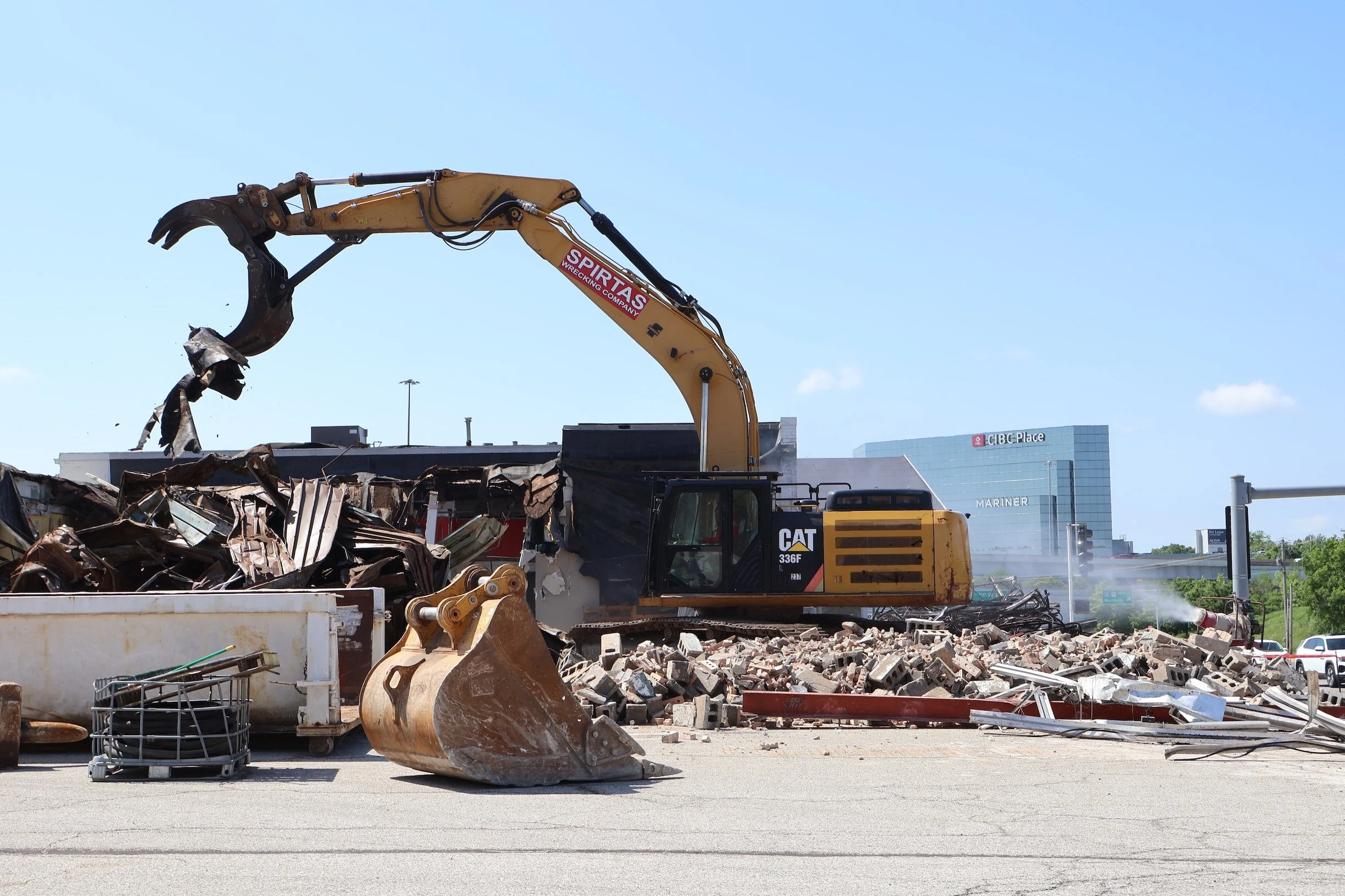In a major boost for St. Louis' freight and logistics sector, Ingram Marine Group has unveiled plans for further investment toward a $60 million port operation a mile and a half north of the Arch. The City of St. Louis Port Authority has invested some $30M in federal, state, and port funds since 2012 in the Municipal River Terminal.
Ingram's $30M in upcoming projects there and at the Tyler Street grain facility will enhance terminal capacity, improve barge operations, and strengthen St. Louis' role as a critical inland freight hub along the Mississippi River.
Ingram is one of the nation’s largest and most established barge and marine transportation companies. Its investment will improve cargo handling efficiency, increase freight throughput, and optimize barge loading and unloading processes.
By far the busiest port on the inland waterway, St. Louis remains a vital link in the national supply chain due to its strategic location at the convergence of major highways, all the Class One rail lines, and three rivers. Ingram will expand to two unit-train capacity to accommodate larger volumes of agricultural commodities, industrial materials, and bulk freight moving through the region.
The port improvements are part of a broader effort to strengthen the Midwest’s competitiveness in freight and logistics. The project is anticipated to generate economic activity both during construction and long-term operations, while supporting job creation across the region’s transportation, logistics, and warehousing sectors.










